Potty Training at 3 Years Old — Best Methods Compared & What I Chose
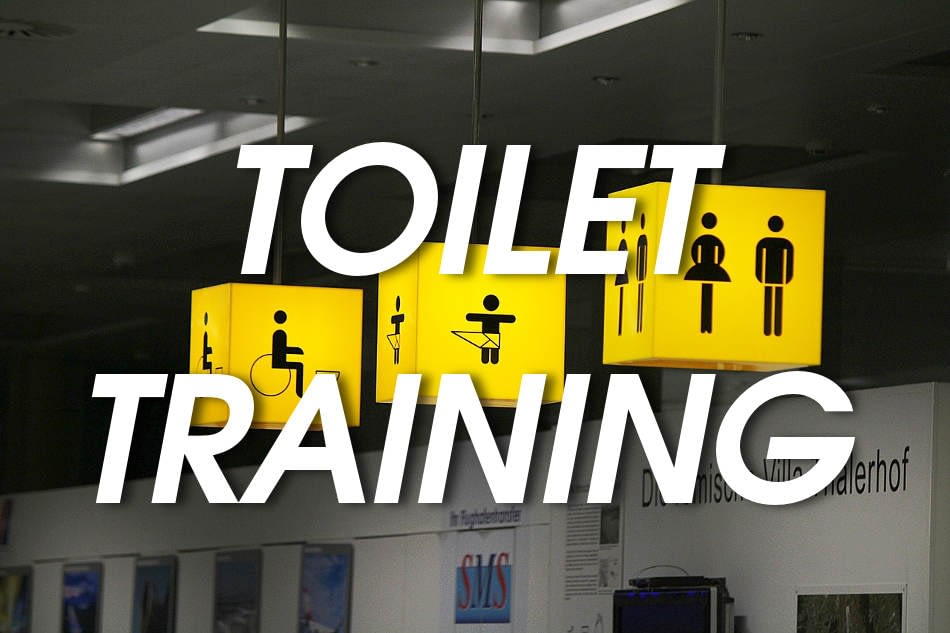
Is your child 3 years old and struggling with potty training? — I say, don’t worry!
Not all children achieve day/nighttime dryness by the time they are 3 years old, and that’s ok. It isn’t a sign of a development problem or something wrong with their intelligence. It also doesn’t mean they are stubborn or difficult. It’s normal for some children to be toilet trained later than other children. Thankfully, there are ways we can gently nudge your 3-year-old into mastering this important new skill.
Maybe they weren’t ready when you have tried before. Or they maybe they just need a different method to help them understand the process. Whatever it is, I have some effective well-structured methods for you to overcome their issues and achieve dryness.
Potty training can be one of the most difficult developmental stages for both child and parent1. I know that every parent, including myself, wants to get their child toilet trained early. For convenience sake and because that’s what society expects from our little ones.
But, not every child is the same. Let them learn it when they are ready. It is a difficult time for you both, as much as you need your child to learn this important skill, it’s also a time when they are battling for their own independence.
It can cause conflicts. But if the learning process is handled correctly, you will wonder what you were worried about. I will show you how.
The average age of toilet training is 21-36 months old (1 ¾ – 3 years) here in the USA5. Not every child is average, your child will be an early learner with some skills and later with others. The end goal is that they achieve the skill. Does it matter if they learn it a little later? I don’t think so.
With some good information and research, you can help them achieve this milestone in their lives. Can you imagine the boost to their self-esteem when they can feel comfortable and dry? They can pull down their diapers and pull up their big kid pants.
People are toilet training their children later than they used to4. Some cultures in the past would start to toilet train their children at anything from a few weeks to a few months old. Here in the USA in the 1930s, kids were expected to achieve dryness by the time they were 18 months old7.
The trend towards later toilet training could be because nappies are now available for children up to 5 years old. This has allowed parents to have the opportunity to toilet train their children later4.
Newer research suggests that the trend to potty train later isn’t beneficial. Children don’t develop the physical and mental capacity to become toilet trained until they are around 15 months old on average3. But they need to start to learn soon after this if you want the process to be smooth.
All normally developing children are toilet trained by 48 months (4 years old)2. At 3 years old you still have plenty of time to achieve dryness. But let’s not delay. We will get right to helping your little one gain more self-esteem and teach them to stay dry day and night.
HOW I CHOSE TO TOILET TRAIN MY 3-YEAR-OLDS – AT A GLANCE
1. We decided on the Rapid Toilet Training Method (RTT). It worked very well for us I was very happy with our choice. It takes some preparation and hard work on the day but I was pleasantly surprised with the results. Click here to go to RTT section
2. I made sure my children were ready to toilet train and had all the skills they would need to complete the RTT method. Click here to check your child has the basic skills they need to start.
3. Rapid Toilet Training our children took one full day each and then we had a few hours on a second day of going over the process again with our 3 year olds. Following the training, they mostly stayed dry in the daytime apart from the occasional accident. (Which is normal).
4. It is a very structured method and it did feel a tiny bit stressful doing it, but the benefit of the majority of their toilet training done in one (long!) day was well worth the effort in my opinion.
5. The RTT method is backed by evidence-based research and was developed by Azrin and Foxx and released to the world in their book “Toilet Training in Less Than a Dayâ€. (Amazon link)
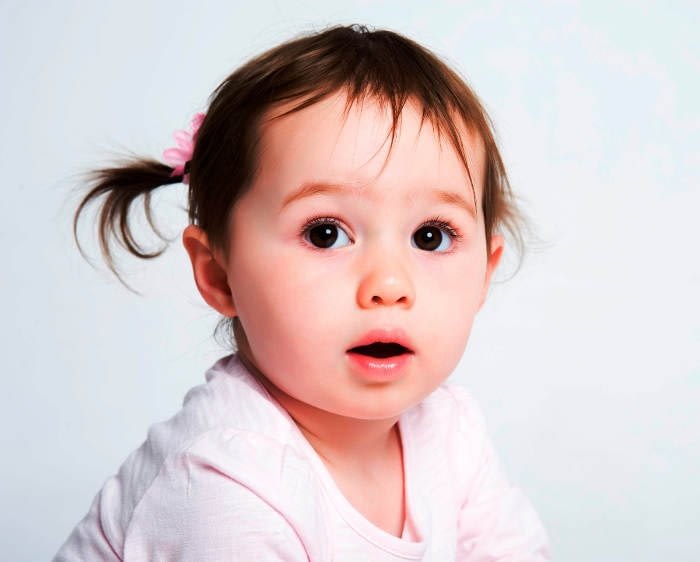
BEFORE YOU START TOILET TRAINING — IS YOUR CHILD READY?
The American Academy of Pediatrics (AAP) strongly recommends that parents avoid pushing their child into toilet training, and suggests instead that the process begin only when the child is developmentally ready or shows signs of readiness1.
Toilet training is a complicated business. There are many skills that your child needs to learn and then combine. If they try and learn before they are developmentally ready, then they will find it difficult and possibly become frustrated.
Let’s have a look at the skills your 3-year-old needs before they are ready to start toilet training effectively:
- NEED THE ABILITY TO TELL WHEN THEIR BLADDER IS FULL: This is a developmental change within their body. Your 3-year-old to know when their bladder is actually full. Before they have this skill it is impossible for them to know when they need to use the toilet.
- MUSCLE CONTROL: Your 3-year-old needs to effectively control the muscles in their body that give them time to get to the toilet. Before this stage of the development, your child will not be able to decide when they go to the toilet.
- NEED THE TOILET REGULARLY: If your child has constipation. It may not give them enough opportunity to practice the skills they need to learn.
- CONCENTRATION: Your 3-year-old needs to have enough concentration and patience to be able to sit and use the potty. Going to the toilet isn’t always a quick process and your 3-year-old needs to be able to stay focused.
- GROSS & FINE MOTOR SKILLS: Your 3-year-old needs to develop their motor skills to the point where they can take off their own clothes, clean themselves and wash their hands.
- COMMUNICATION: Your 3-year-old needs to have the communication skills in place so they can tell you when they need the bathroom before an accident happens.
- KNOW WHEN / WHERE TO USE THE BATHROOM: Your 3-year-old needs to know where and when it is appropriate to use the bathroom.
All these skills normally develop between the ages of 15-24 months3. So at 3 years old, your child should have all the necessary skills to achieve successful toilet training. If you feel like your little one might be behind in any of these skills then it is best to seek professional medical advice before trying to toilet train them.
THE BEST METHODS OF TOILET TRAINING A 3-YEAR-OLD
Most methods of toilet training a child have always been culture-based rather than on any scientific method. It can be very confusing as a parent trying to find out the best method to toilet train your own child. That’s how I felt.
I was getting well-meaning advice (sometimes unasked for) about how to toilet train my children from different people. But not one had done any research into the topic. Most advice is based on a person’s own upbringing. I needed something with more substance, I needed to find the best proven method of toilet training.
So I decided to look into the research myself and find the best way of toilet training my children.
I looked through articles, books, and research papers. I found out that there wasn’t one “Best way†but multiple, they all fell into two categories. Child-led and Parent-led. Two of the most popular methods in these categories have had trials for their effectiveness. Both have been shown to be effective at getting your child dry.
The two methods I found to be the most popular (and also the basis of most other methods) are different but they achieve the same goal. One is a more parent-led method. This means you will provide most of the structure to the training for your child and be there to instruct and prompt them. The other is a child-led method which allows your child to discover using the toilet independently with you guiding them when needed.
THE TWO MOST POPULAR METHODS ARE:
- Parent-led: Rapid Toilet Training Method by Azrin & Foxx.
- Child-led: Brazelton Method.
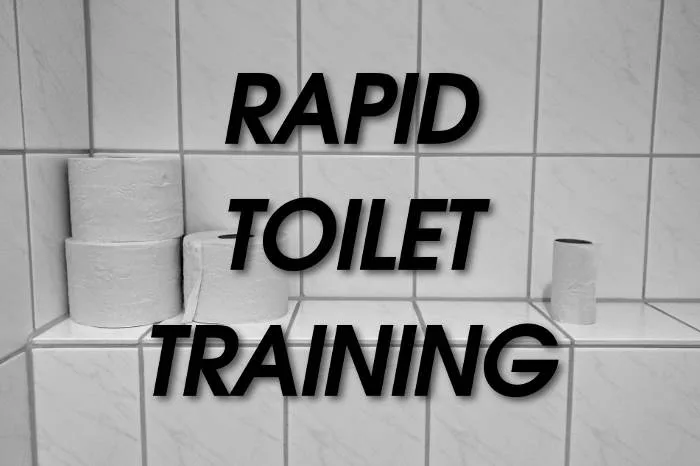
THE RAPID TOILET TRAINING METHOD (RTT) — A STEP BY STEP SIMPLE GUIDE
Developed by Nathan H. Azrin, Ph.D. and Richard M. Foxx, Ph.D. and released to the world in their book entitled “Toilet Training in Less Than a Dayâ€. It is the most popular parent-led method that is based on real evidence.
There are many studies to back up its effectiveness and it has been used to teach millions of children over the last 40 years to use their potty effectively. It is also surprisingly quick!
Azrin & Foxx realized that most people were forcing their children to sit on their potty for long periods of time to learn how to use the toilet. This kind of method in which a child is forced to go to the toilet generally ends up in them getting constipation because of the anxiety.
This leads to a situation where your child can get stuck. Battling their need to be independent and their wish to please you.
That’s where Azrin & Foxx came to the rescue. They developed the Rapid Toilet Training (RTT) method. It strikes an excellent balance between structure and your child’s needs.
RTT is intensive training, it has to be to get so much done in such a short time. How else could Arzin and Foxx prove that they could toilet train a toddler in as little as 4-6 hours? It took longer than that for me, but still, I think it was very fast. For example, a child-led approach like the Brazelton method tends to take around 5 months3.
Your child has to be ready and you have to prepare before attempting the Rapid Toilet Training Method. They need to be ready and eager to learn and have all the relevant skills that I listed at the start of the article (Click here to see them again).
If you have prepared everything correctly and have the relevant knowledge on how to perform the training then you will have a good chance of seeing your child toilet trained quickly. It really is magical to see them learn a new skill in such a short amount of time!
OVERVIEW OF RAPID TOILET TRAINING — STEP BY STEP
PREPARATION
- CHOOSE A DAY: Decide on a set day to do the RTT. Block out at least 4-6 hours of time on that day to devote to training.
Our Experience: It took us around 8 hours on the day and I did it on separate days for each of our twins. I did do a little more training on a separate day, possibly 2-3 hours more. - PREP THE AREA: Find the best room in your house to perform the training in. You will want it to be an area that’s easy to clean.
Our Experience: I chose our kitchen. It was relatively distraction-free and the floor meant accidents were easy to clean up. - BUY A POTTY CHAIR: I bought a brightly colored and fun potty chair which I knew they would like. You need to put this chair in the room and make it easily accessible for your child.
- GET A DOLL: Use your child’s favorite doll or buy one that you can place a diaper on. This will be used for demonstrations during the toilet training. You can even use one of those special dolls you can buy that pees like this one (Amazon link).
- TREATS: You will need a selection of your 3-year-old’s favorite food/drinks to use as treats for positive reinforcement.
- LIMIT DISTRACTIONS: Remove all distractions from the room including toys, other people and even siblings. You need them to concentrate. The training is intense. There is a lot to learn.
- EASY TO REMOVE CLOTHING: Dress them in loose-fitting clothing that is easy for them to remove. During the training, they will need to remove their clothes by themselves.
- INCREASE FLUIDS: Before training starts and during you should offer your little one a few more drinks than normal. This is to make sure that they have enough opportunity to learn how to use the potty. Don’t force more fluid on them, just offer it readily.
RAPID TOILET TRAINING – ON THE DAY
- PRETEND PLAY: To start the process you will use the doll. You are going to walk your child through the entire toilet routine using the doll. Place a diaper on the doll (Preemie diapers are a good and cheap option for this). Then take the doll and give it a “drinkâ€.
Take off the doll’s diaper and tell your child that the doll needs to use the toilet. Help the doll sit onto the potty. Make the doll do a pretend pee using some water or if the doll has that function use that.
When the doll has finished, give the doll lots of praise and a treat. Empty the “pee†from the potty into the adult toilet and flush it away. Then help the doll wash her hands in the sink. - REPEAT THE PROCESS: Once your child has repeated the process with the doll a few times. Tell them it is now their turn.
- ALLOW YOUR CHILD TO PRACTICE: Allow your child to practice as the doll did. If they want to sit on the potty let them. You can also show them the flush on the adult toilet and let them flush pieces of toilet paper away.
- DRYNESS CHECK: During the time they spend learning about the toilet process through the doll and their own experimentation. Do a “Dryness check†on the doll and then on them.
Tell them that if they have a dry diaper then they get a treat. If you do a dryness check and their diaper is wet then explain that they don’t get a treat this time because grown-ups use the toilet and don’t use a diaper.
With hours of repeating this process and using treats as incentives, most children start to realize what they need to do. They achieve dryness. But it doesn’t last a day, they now retain this skill.
Nighttime dryness will take longer to develop in most children. But in staying dry they have achieved a massive step forward into becoming an adult and their confidence will soar.
RTT (Rapid Toilet Training Method) Pros
- The RTT method worked well for us and the scientific trials on this method found it to be effective. Unlike a lot of other methods, RTT is evidence-based.
- The speed at which your child can achieve dryness is amazing!
- It has a step-by-step and easy to follow structure that doesn’t leave you guessing about what to do next, which I loved!
- Research indicates that it has a good success rate.
- A great option if you have tried slower child-led options and aren’t getting good results.
RTT (Rapid Toilet Training Method) Cons
- A rigid structure can be difficult for some parents to understand. Some aspects seem a little strict and harsh. But I didn’t find it was upsetting for our children so I think that might be an issue for each parent to decide.
- Accidents can happen during the process.
- Your child has to be motivated and cooperative for it to work.
If you are going to use the Rapid Toilet Training method I seriously recommend that you buy the book (Amazon link). It’s well written and straight forward. It goes into depth about how to do the whole process.
Give it a try. I don’t think every child will achieve the training in one day (Like ours took two days) but the total time spent training will be much shorter than other methods.
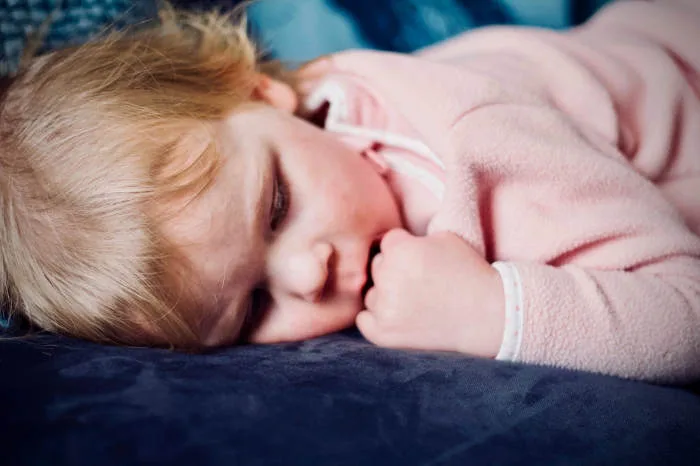
THE MAIN ALTERNATIVE TO RAPID TOILET TRAINING FOR YOUR 3-YEAR-OLD
The alternative to a parent-led approach like Rapid Toilet Training is a child-led approach. The most popular of those being the Brazelton Method. The Brazelton method is very gentle and flexible. It sees the whole process through your child’s eyes and their natural rhythms.
It was developed after Brazelton observed the toilet training practices of 1170 children. He then took all the positive aspects of toilet training that worked for those children and combined them into one method.
80% of the children trained by the Brazelton method achieved dryness within 5 months. Then 80% of those successful children achieved nighttime dryness within the next 7 months3. The evidence is there that this method is also very effective like RTT. It does take a long time but it is very child-friendly and really looks towards boosting their independence and confidence by guiding them to learn about potty training for themselves.
BRAZELTON METHOD — HOW TO DO IT — STEP BY STEP
- BUY A POTTY CHAIR: Take your little one with you when buying the chair and let them pick it out. Tell them what the chair is used for and that it is theirs. Make sure they like the one they picked. Make it fun and bright if possible.
- BE POSITIVE: It is very important for you to stay positive throughout the whole process. Your 3 year old can pick up on your anxiety and it will make the training much harder for you both, so stay relaxed.
- MAKE THE POTTY EASY TO ACCESS: Put the potty in a room that they have access to and make it easy for them to get to and use.
- ASSOCIATE THE POTTY WITH THE TOILET: Draw your child’s attention to the potty and make the connection with their potty and the adult toilet. Explain to your child what the potty is used for.
- WEEK 1: Once per day, encourage your child to sit on their potty chair fully clothed. Don’t force them to sit and let them get up whenever they want. Make sure they are comfortable and don’t try to pressure them into doing it. Keep positive, praise their efforts and give them a treat when they sit on the potty. Do this for one week.
- WEEK 2: Encourage your child to sit on the toilet in the same way as the first week but this time with a bare bum. Praise them and give treats when they sit on the potty.
- WEEK 2-3: At some point during these weeks, your child will show interest in using the potty. Let them sit on the potty but keep their diapers on. You can let them sit on the potty twice in a day now.
- CONNECTING THE POTTY WITH THE TOILET: Once they have made the connection on using the potty to go to the toilet and shown interest in using it. Look for other times in the day when you can get them to sit on the potty. Good times are just after they have woken up and after meals. At these times they are more likely to go to the toilet naturally.
If your child goes to the toilet in their diapers then tip the poo into the potty and explain that’s where it goes. Then tip it into the main toilet and let them flush it away. - REMOVE THEIR DIAPERS: At this time you can remove their diapers for short periods of time. You will need to watch them to prevent accidents. They will need reminding to use the toilet. Make sure the toilet is easily accessible. Tell them they can use it whenever they want.
- TRAINING PANTS: At this time, you may want to switch your little one to training pants. Just make sure they can remove the training pants independently.
BRAZELTON METHOD PROS
- The Brazelton method is a very sensitive and gentle way to teach your child about toilet training.
- Driven by your child’s own motivation and interest in the process.
- An evidence-based method which has been tested and proven to be effective. Through multiple research trials.
- Research indicates a good success rate.
BRAZELTON METHOD CONS
- It takes a lot of effort. It takes on average 5 months for your child to complete the whole process and achieve daytime dryness.
- Parent-led structured methods are much faster.
If you are interested in using the Brazelton method for your child I highly recommend reading the following book (Amazon link) before you start. It gives you the in-depth process on how to toilet train your child the Brazelton way.
SUMMARY OF KEY FACTS
Everyone will have advice for you about how to toilet train your child. Mums, dads, grandparents, Neighbours. Even random people at the grocery store. Take well-meaning advice as that. Just advice.
I personally wanted to look at all the different methods and see if there was scientific evidence and use that to find the best method for me. Which I feel I did. I learned so much by diving into the research and finding out about child vs parent-led methods. I then chose the way I thought was best for me and my children. That’s what you should do to.
If your child is 3 years old and you are yet to find a satisfactory way of toilet training. I personally would give the Rapid Toilet Training method a go. It does take effort but I think children who find the process a little more difficult to grasp can really do well with a bit more structure to the training than a child-led approach, in my opinion.
I felt that the Rapid Toilet Training method had attractive advantages over a more gradual approach. Mainly that the speed was so much faster and effort needed being much lower. It also ended up with similar results over the long term. I guess it was less stressful for me to teach them intensively. I think my children were ready to learn, which is more than half the battle with toilet training.
Try your best, stay positive and don’t let your fears and anxieties get in the way of your beautiful child learning an important life skill. With your love and support, they will master it in no time at all!
REFERENCES
1. American Academy of Pediatrics. Toilet Training. Guidelines for Parents. Elk Grove Village, Il: AAP; 1998.
2. Berk, L. B., & Friman, P. C. (1990). Epidemiologic aspects of toilet training. Clinical Pediatrics, 29, 278–282.
3. Brazelton, T. B. (1962). A child-oriented approach to toilet training. Pediatrics, 29, 121–128.
4. Engelhart, K. (2014). The powerful history of potty training. The Atlantic. Retrieved from: http://www.theatlantic.com/health/archive/2014/06/the-surprisingly-political-history-of-potty-training/371512/
5. Joinson, C., Heron, J., Von Gontard, A., Butler, U., Emond, A., & Golding, J. (2009). A prospective study of age at initiation of toilet training and subsequent daytime bladder control in school-age children. Journal of Developmental and Behavioral Pediatrics, 30, 385–393.
6. Kiddoo, D. A. (2012). Toilet training children: When to start and how to train. Canadian Medical Association Journal, 184, 511–512.
7. Rouse M.L., Fishbein L.B., Minshawi N.F., Fodstad J.C. (2017) Historical Development of Toilet Training. In: Matson J. (eds) Clinical Guide to Toilet Training Children.
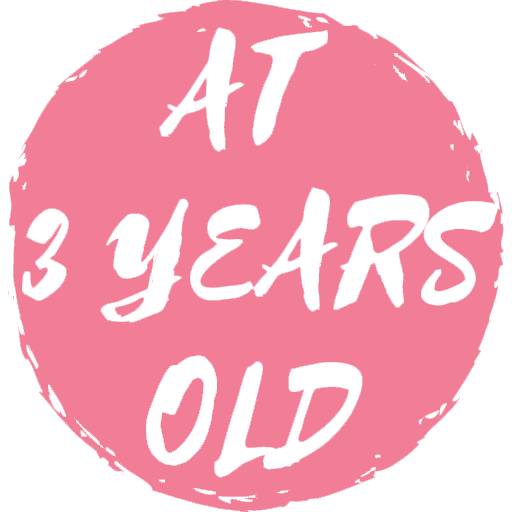
Leave a Reply